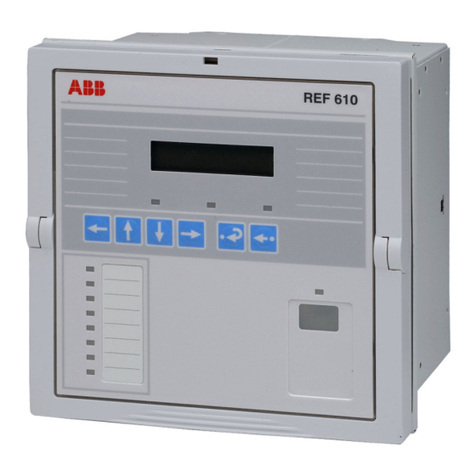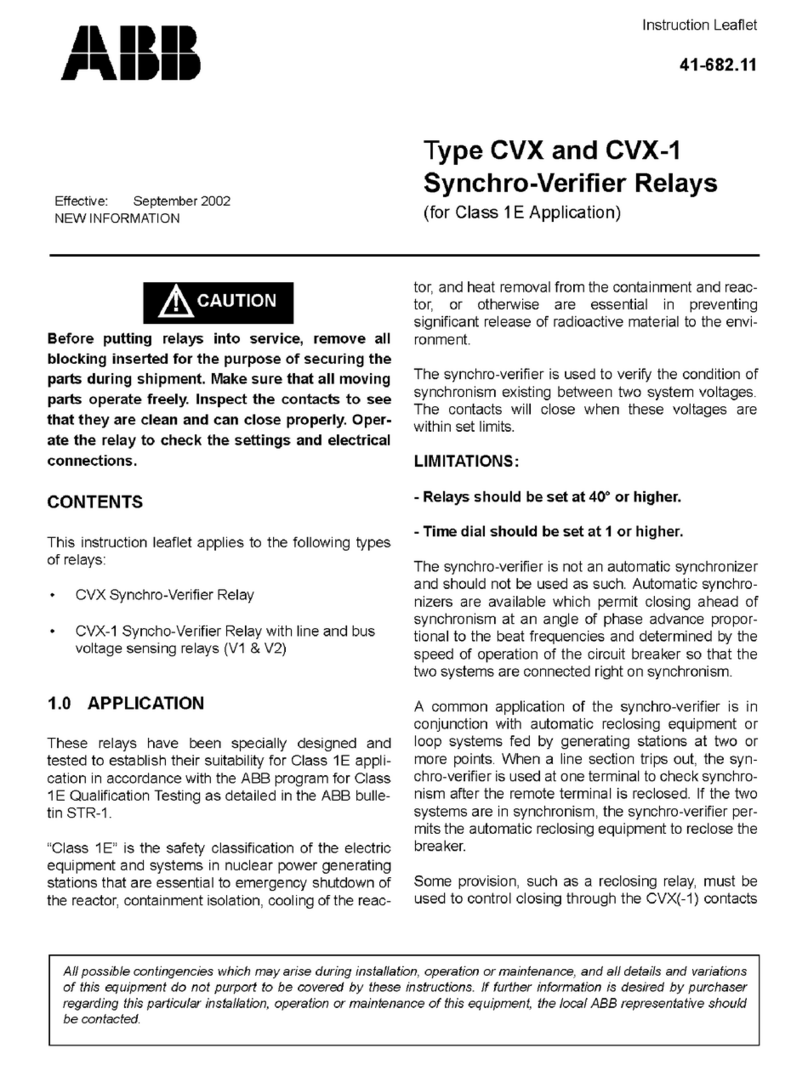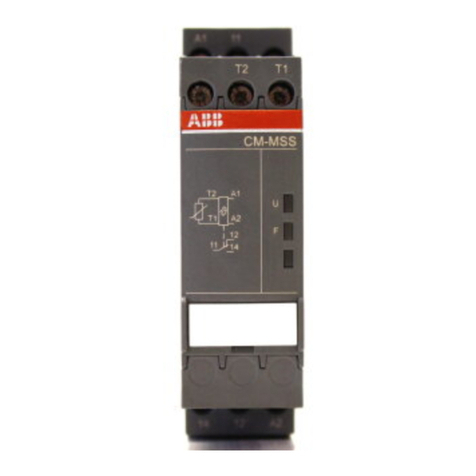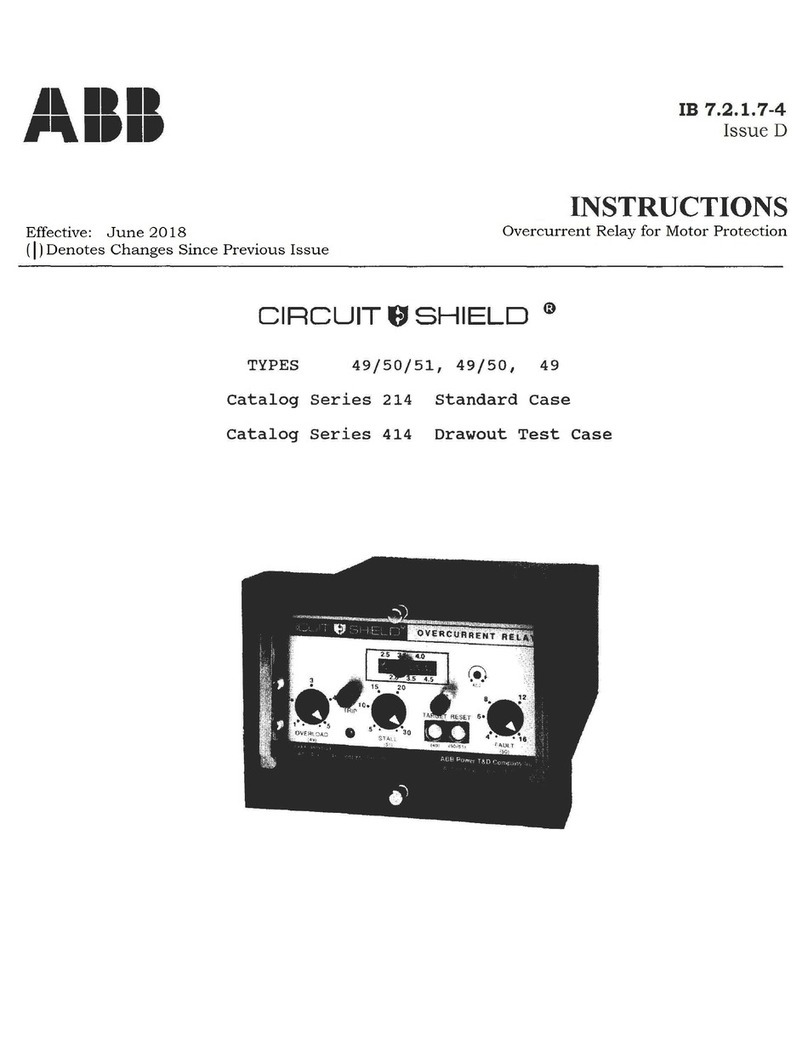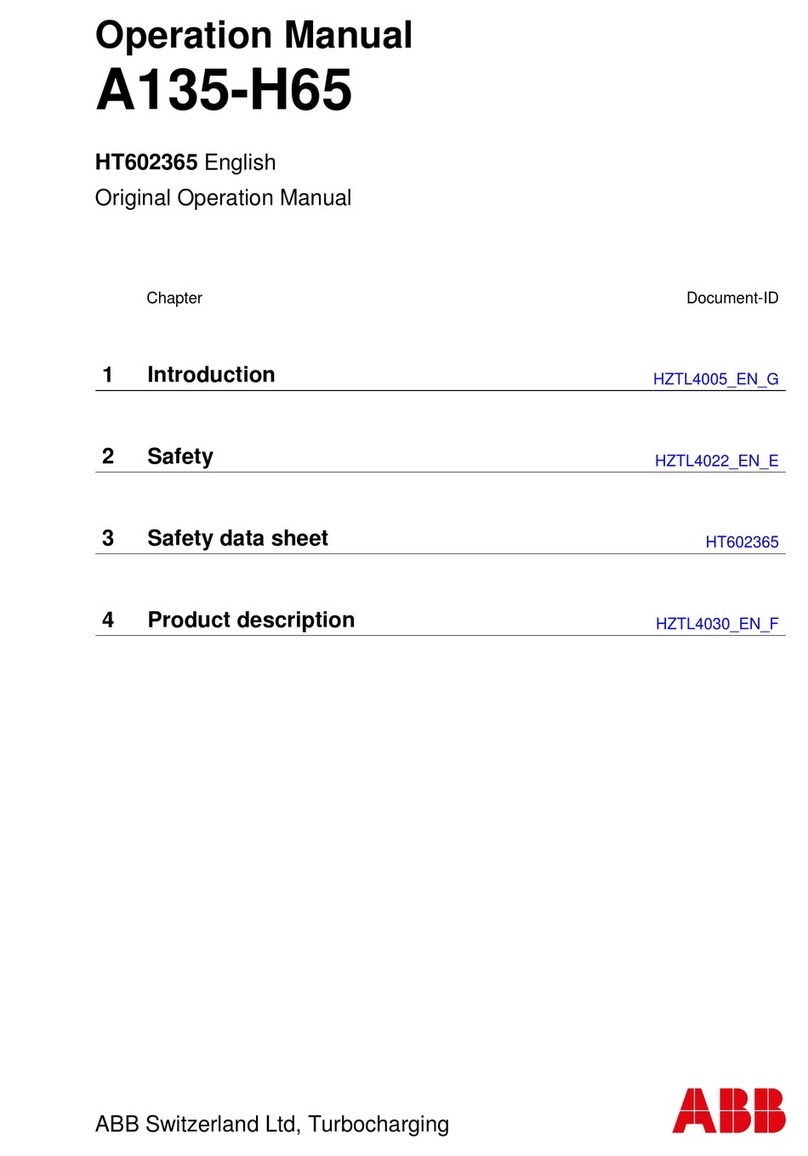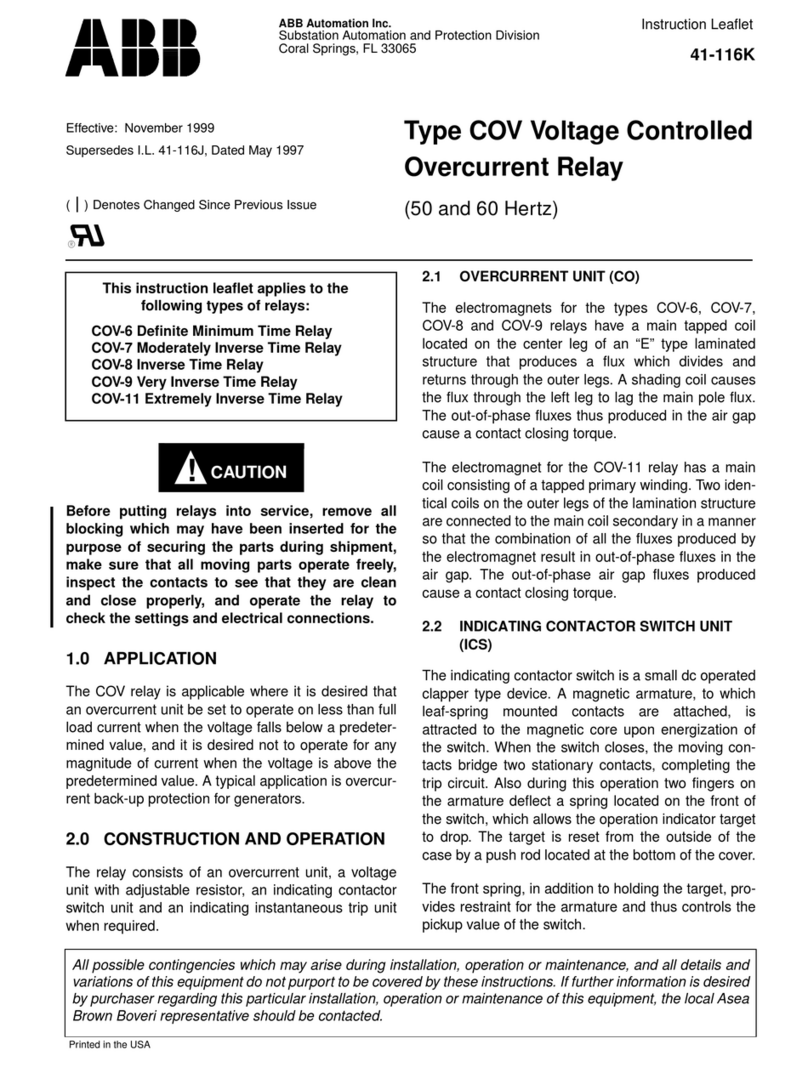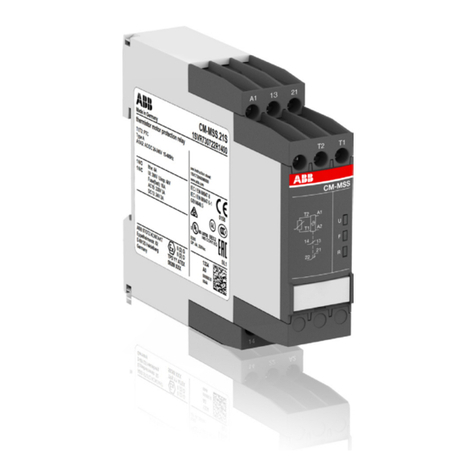ABB ITH-T Series Guide
Other ABB Relay manuals
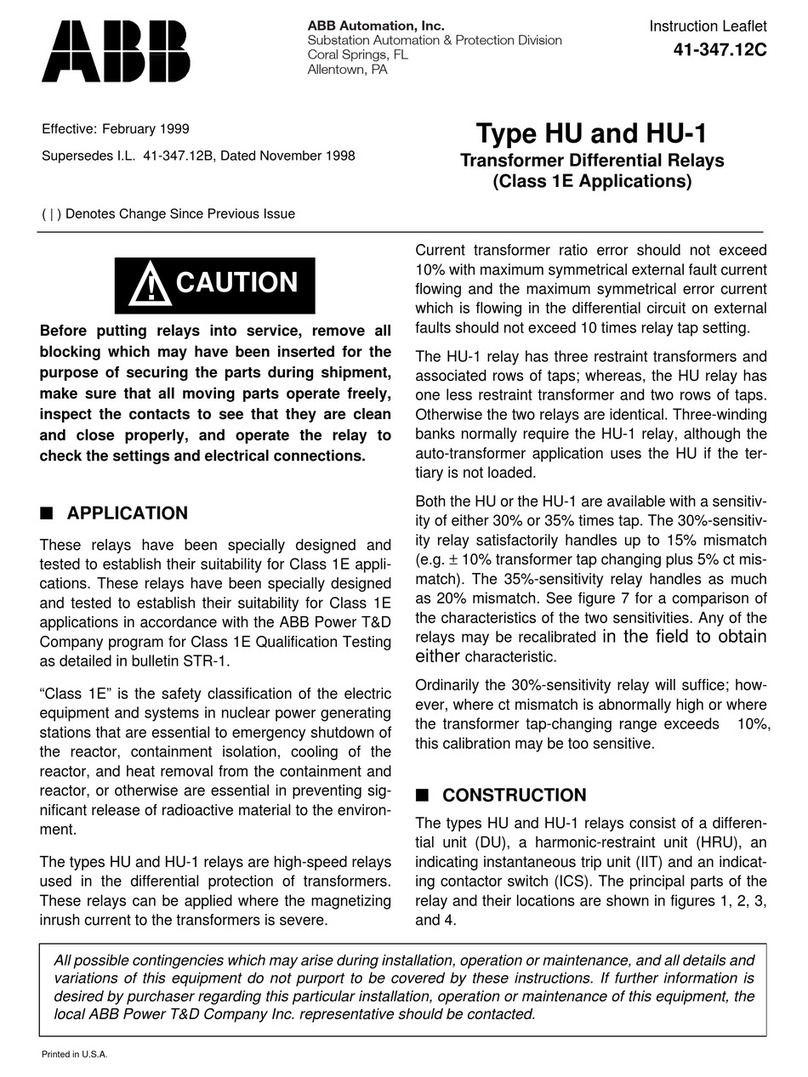
ABB
ABB HU Manual

ABB
ABB CM-SRS.11 User manual
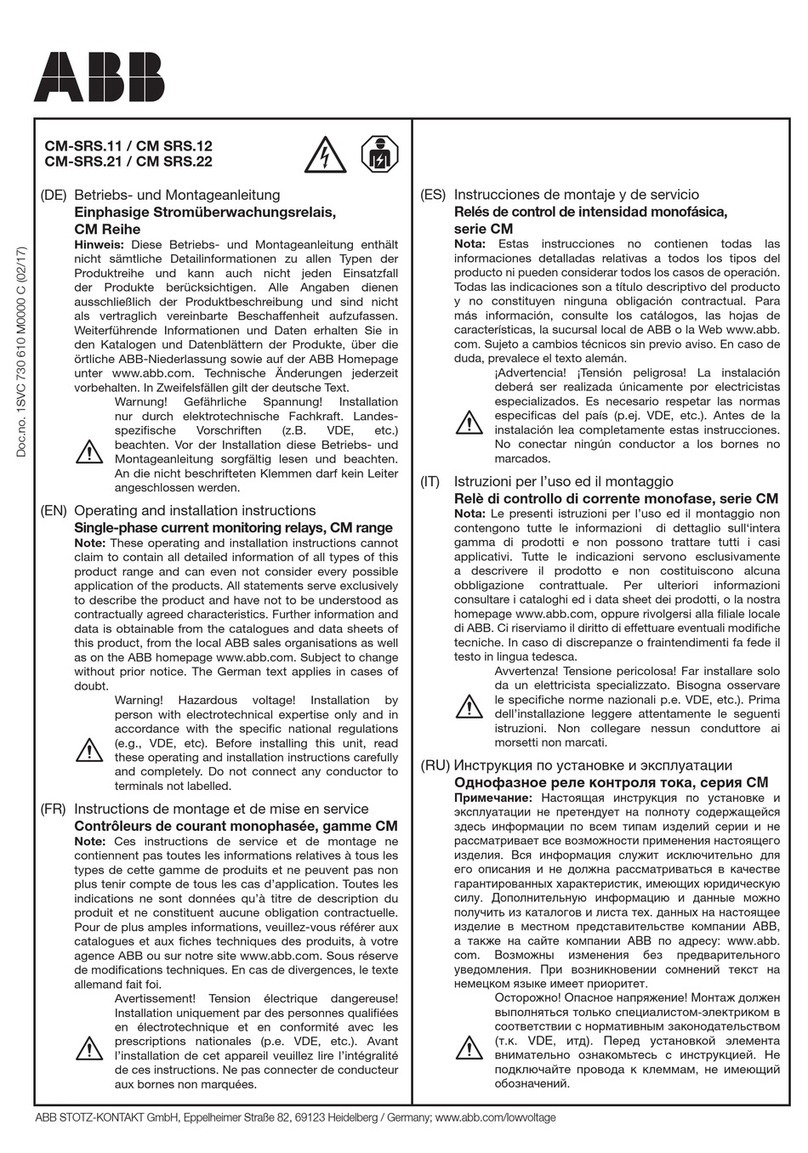
ABB
ABB CM Series User manual

ABB
ABB Relion 615 series User manual

ABB
ABB Relion 615 series Installation and operation manual
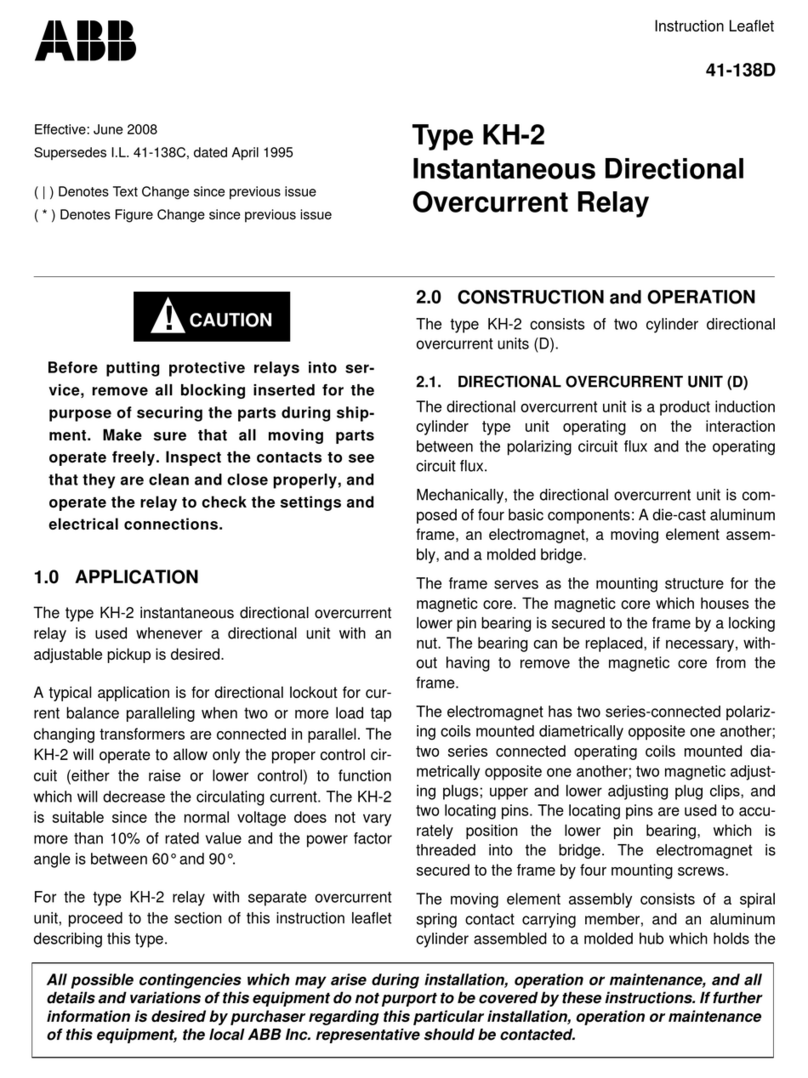
ABB
ABB KH-2 Manual

ABB
ABB RXHL 422 User instructions

ABB
ABB SPAJ 142 C Parts list manual

ABB
ABB REM 610 User manual

ABB
ABB REF 610 Product manual


